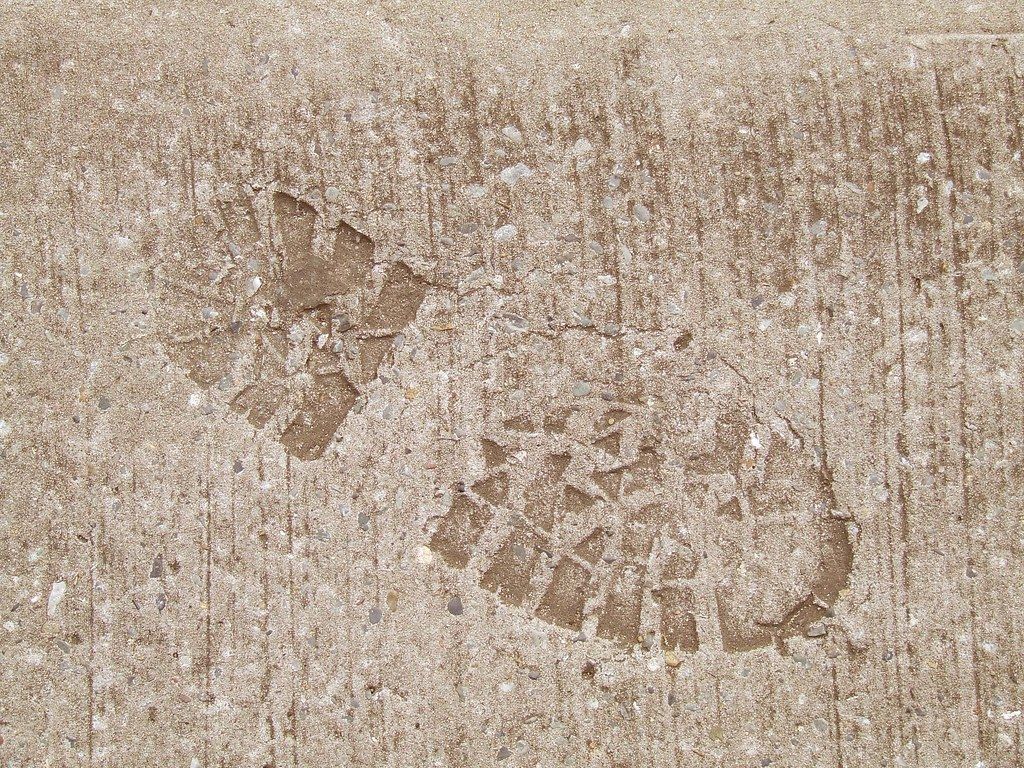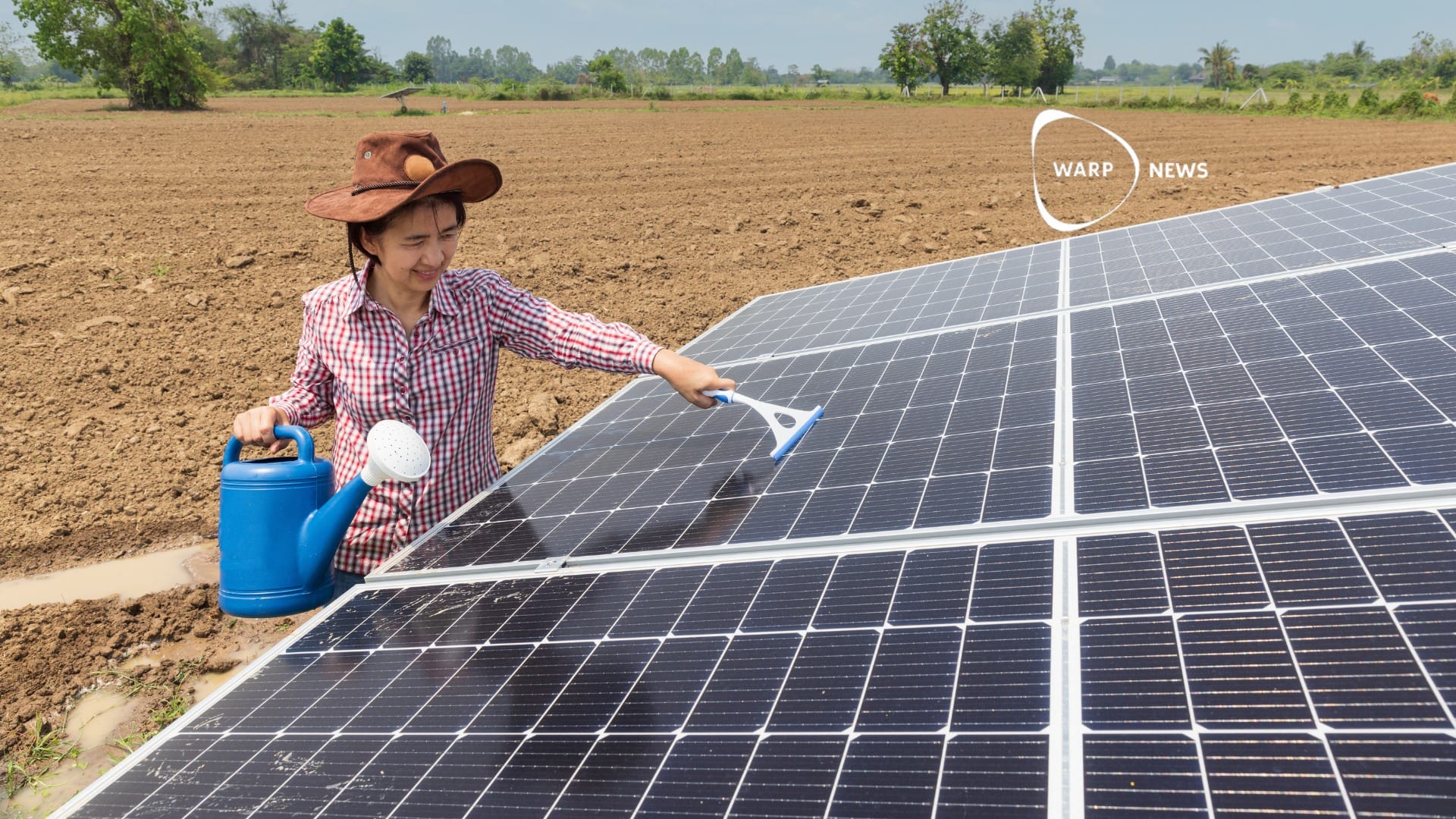
♻️ Algae can provide climate-neutral cement
Scientists have found a method to make cement where the extraction of the limestone is replaced by the cultivation of limestone. Through this process, the production of cement can become completely climate neutral – and perhaps even absorb more CO2 than it emits.
Share this story!
Cement is used worldwide and is one of the most important building materials in modern society. In total, cement production accounts for roughly 7 percent of annual greenhouse gas emissions—a figure that could soon be down to, or even climb below, zero.
One of the big greenhouse culprits when it comes to cement is the mining and processing of limestone, which is used in the most common type of cement. A project run by the University of Colorado Boulder and the University of North Carolina Wilmington has developed a method where algae is used to grow limestone, instead of mining it. The cultivated limestone can then be used in cement, and thus large parts of the greenhouse gas emissions usually linked to cement production disappear.
"We believe we have one of the best, if not the best solution for the cement and concrete industry to address its carbon problem" says Wil Srubar, principal investigator on the project.
Not only reduced emissions
The method not only means that emissions are reduced by avoiding extracting and burning the limestone, but also by the algae-based limestone absorbing carbon dioxide through photosynthesis. In addition to 2 gigatons of carbon dioxide being avoided, 250 tons of carbon dioxide would be absorbed in the lime, assuming all cement production switches to this method, writes the University of Colorado. According to Srubar, it is theoretically possible for this transition to happen overnight, by simply plugging biogenic limestone into modern cement production, and ending the mining of limestone.
"We see a world where the use of concrete, as we are already familiar with it, is a mechanism for healing the planet. We have the tools and technology for this today" Srubar continues.
Can be grown worldwide
The microorganisms required for the process are hardy little creatures, which can live in both hot and cold, both fresh and salt water. Thus, there are no direct environmental barriers to growing limestone worldwide. According to the research team's estimate, it takes about 1 to 2 million acres of open water ponds to produce all the lime the United States needs in a year, which is about 1 percent of all the land mass used to grow corn in the United States.
In addition to limestone, the microalgae can also be used to extract proteins, sugars, and carbohydrates, which can be used in biofuel, food, and cosmetics. Thus, the algae can also become a source of other, more expensive by-products – and thus help to reduce the costs of lime production itself.
"We manufacture more concrete than any other material on the planet, and that means it impacts everyone's life. It is incredibly important for us to remember that this material needs to be affordable and easy to produce, and the benefits need to be shared on a global scale" Srubar concludes.
By becoming a premium supporter, you help in the creation and sharing of fact-based optimistic news all over the world.


